It is a peculiar form of arrogance that leads from “I don’t know” to “those who claim to know are liars, conspirators, and scoundrels.” I once knew a fellow who believed that the transistor was (and could only be) the product of alien intervention. It’s unclear why he found this explanation more reasonable than simple human inventiveness, but I suspect it’s because in some primordial way, he placed aliens in the metaphysical realm of myths and Gods with dominion over the unknown (and suspiciously complex). God couldn’t have done it because transistors brought rock & roll to America and millionaires to silicon valley, and there is nothing less godly (apparently) than a machine that gets people tapping their toes and buying things, so it must have been the aliens.
Miraculous as its impact has been, though, the origin of the transistor is quite down to earth. It was the product of a very human team of scientists (led by William Shockley at Bell

Labs) who set out to find a faster, more reliable alternative to the triode tube used in war-time radar sets. The triode (and other tubes) had evolved from attempts during the 1880’s to extend the operating life of Edison’s new light bulb. Edison, in turn, was building on earlier work by Humphrey Davy, Warren De la Rue, and James Bowman Lindsay, whose own efforts derived from simple experiments with electricity and magnetism, including the observation that lightning strikes cause a magnetic compass needle to jump (God did it after all, he just takes his sweet time). All of this is known and well documented. But none of it mattered to my acquaintance. He seemed to believe that what he didn’t understand couldn’t be understood, and that attempts to explain it could only be the work of tricksters, out to conceal the real and simple truth: the government is conspiring to hide little green men! One wonders what he would think of the idea that God (or at least the author of the bible) is necessarily in on the ruse? A healthy skepticism is vital, but the key to skepticism is diligent, objective study, not paranoia and infantile rationalization.
Everything we humans do develops in this way, step by step, one generation building on the shoulders of the last. It has taken millennia to build the modern world, and it is natural that we sometimes find it as overwhelming and inexplicable, as our ancestors must have found the elements of nature. But we have more than technology: we have the way of thinking that swept us, wave after wave and revolution after revolution, from beast to astronaut in less time than it took wolves to become pekingese.
Our problem, of course, is that we are all doomed to live and die within Plato’s allegorical cave. We know of the world only by the shadows on the walls—that is, through our imperfect senses. Empirical study may not reveal all that we would like, but it provides the only answers in which we can justify any confidence. Science cannot tell us why the earth exists, but it can tell us how it formed and how long it has been here. We are free to believe as we like, but only within the constraints set by what we can see and test. When we speculate (or accept the speculation of others) in the absence of evidence, we are literally “taking leave of our senses.” When we accept it in the presence of contradictory evidence, we are mad.
Of course, we can’t investigate everything for ourselves, so we are forced to rely on the testimony of experts. This presents a problem. How can we evaluate the expertise of someone who knows what we don’t? More to the point, what do we believe when our doctors, priests, administrators and scientists are at odds? Sadly, “the truth, the whole truth, and nothing but the truth”, is not something any of us will ever have access to. We have facts, but we can only measure them against the ruler of reality, and since we must measure the ruler as well, we must accept a degree of uncertainty.
Not all possibilities are equally likely, though. We can approximate truth like an archer zeroing in on the bullseye. By testing what we can test, we can sort our beliefs until we develop confidence as to which are closest to the truth. This is the key insight behind the scientific method, and it is the key to assessing the claims that clutter our modern world. If science is a game of archery, our individual quest is more like pyramid building, where facts form a broad and shifting base, people who make claims about fact hold up the middle, and the truth, distant and precarious, balances somewhere at the apex. This is a difficult and imperfect way to understand our world, but it works.
Millions of Americans believe that the Apollo program was a hoax. They are all wrong, and I am about as confident of that as I am that those millions of people (most of whom I have not personally met) exist. This is possible because I know enough about science and engineering and human fallibility to recognize the veracity of the evidence supporting the landings, and at the same time, the laughable ignorance behind “moon hoax” arguments. When a “hoaxer” shows a flag waving as it could only wave in a vacuum and then claims this as evidence for a breezy sound stage, I naturally grow suspicious. When his arguments reveal ignorance of how dust falls in a vacuum, of optical photographic artifacts, and of basic physics; when he reveals omissions, flaws, and shortcuts in his reasoning and research and then responds to correction with anger and appeals to authority instead of gratitude and reconsideration, I can hurl his bricks away with confidence.
Consider claims that the earth is only six thousand years old and that its surface was once covered in a single flood event. Many accept these claims based on their understanding of Christian scripture. But in fact, neither claim is explicitly made in the Bible, and neither can be true based on dozens of overlapping lines of evidence and thousands of physical observations. Some of these observations are simple for even the layman to understand. Dendrochronology (tens of thousands of overlapping living and fossil tree rings) and geo-stratigraphy (millions of layers of sedimentary rock) have complex names, but are easy to understand and to see. If we assert (as some do) that God simply popped everything into existence just as it is, with the ancient sediments, the tree rings, and photons sailing in from the spaces between the stars—just to test our faith—then we are in philosophically deep water indeed. If we can’t accept basic measurements of parallax collected through telescopes, then neither can we accept anything else gleaned by our senses, including the stories in the bible. This sort of solipsism leads nowhere, which is why even the Catholic Church, having burned itself before, has acknowledged the antiquity of the earth. Besides, if the entire universe is a fraud, what does that make its creator?
Anyone can sell magazines and books making bold claims. Here are a just a few that are bouncing around our world right now: 1) Conspirators tell us the World Trade Center towers were brought down in a controlled demolition because “no building could ever fall into its own footprint on its own” They do, of course, as happened in January of this year, when one did exactly that in Rio de Janeiro after a structural failure. 2) “Psychics” offer “readings” on late night radio, even though precognition violates the laws of physics as we know them, and anyway would presumably have given the cold war to the Soviet Union (which invested heavily and consistently in occult research). If for three dollars, a gypsy woman with a pack of cards and a creepy disposition can foresee the woman you are destined to marry, surely for a Château on the Baltic she will give you a schedule of spy-plane overflights so you can disguise your missile launchers as a Cuban bazaar! 3) The local pharmacy has an extensive selection of pricey Homeopathic remedies, even though these are just highly distilled waterxi—often with real medicine added as “inactive ingredients”. Homeopathic medicine would also violate the laws of physics (or at least everything we know about chemistry and life—which is quite a lot). 4) A casino paid $28,000 for a partially eaten cheese sandwich bearing an image claimed to resemble the Virgin Mary, (though in fact, no one knows what she looked like and for a short time afterward, the Internet was abuzz with images of foods and nature scenes depicting (with sufficient credulity) various rude acts and anatomical parts).
We are all entitled to our opinions, but none of these claims is worthy of serious contemplation by anyone with a command of our shared facts. Not everything can be observed directly, but we must never be too sure of anything that can’t. When forget this, we can fall for anything—literally. One consequence is religious fanaticism; it is just that sort of certainty that leads people to strap explosives to their bodies before visiting the local market. But such misplaced certainty does more than justify extremist violence; it subverts the ability of people and cultures to manage the resources upon which their survival depends. Children can learn much from the beautiful story of Genesis, but combat disease, they need genetics, and with it, the knowledge that our last common male and female ancestors lived at least 60,000 years apart.
History shows us to be an adaptable and clever race. In an age in which we alone among God’s creation have ventured beyond our world, we must add nuclear war, pandemic, overpopulation, climate change, genocide and eugenics to an already long list of known challenges. If ever a being had the tools to face these challenges, that being is man. But how will we face our future? One possibility is to throw up our hands in prayer and hope we are delivered from this world before it comes crashing down around us. A more intelligent, and frankly, a more spiritually responsible approach, is to learn to govern ourselves as our ancient advisers could not, and use our greatest gift—reasoning—to its fullest.
We don’t have to choose between faith and science; we can reconcile the one to the other. We don’t need to seek the fantastic; the real world is fantastic enough. We don’t need to pretend to certainty, a well-founded approximation of truth is more valuable. Thomas Painex warned us ‘The word of God is the creation we behold, and it is in this word, which no human invention can counterfeit or alter, that God speaks universally to man.” More than ever before, perhaps, we are assaulted today by claims (counterfeit and otherwise) from those who would manipulate us or lighten our purse. We don’t have to give in to these claims, but neither should we see conspiracy and alien intervention in every unknown. Our nation is the fruit of the age of reason. It will survive only so long as science and clever human investigation are permitted to outstrip the darkness that came before it. Empirical thinking, if we will but trust it, will sweep us yet to new heights, whatever those may be.



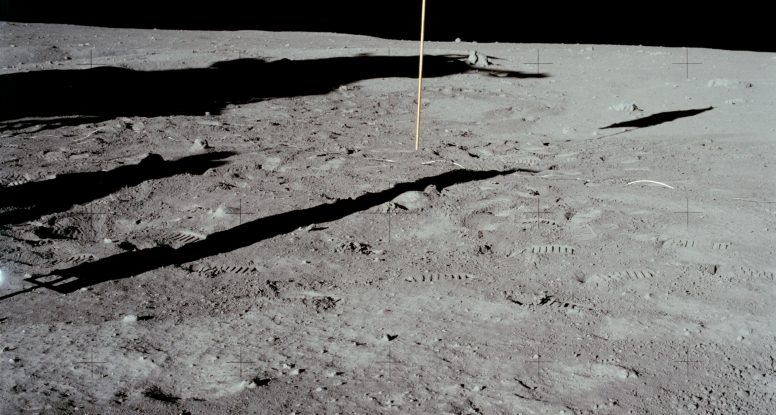








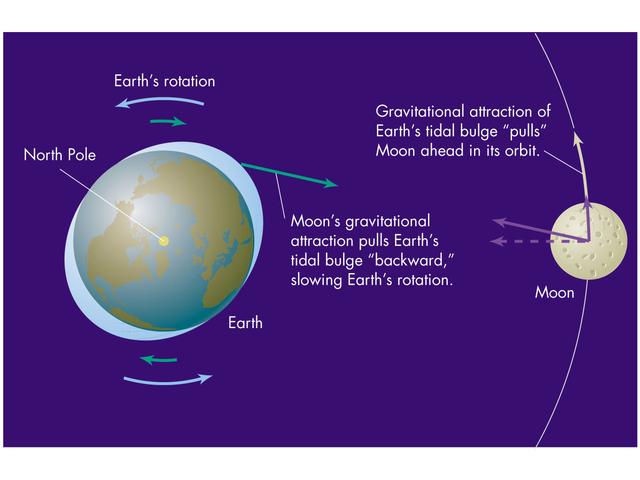

 1. We left retroreflectors on the moon, just like bicycle reflectors only bigger and not as pretty. Visit the McDonald Observatory or any other with the proper laser range-finding equipment and you can see for yourself that the laser energy returns when the telescope is pointed at the designated landing sites and does not return elsewhere.
1. We left retroreflectors on the moon, just like bicycle reflectors only bigger and not as pretty. Visit the McDonald Observatory or any other with the proper laser range-finding equipment and you can see for yourself that the laser energy returns when the telescope is pointed at the designated landing sites and does not return elsewhere.

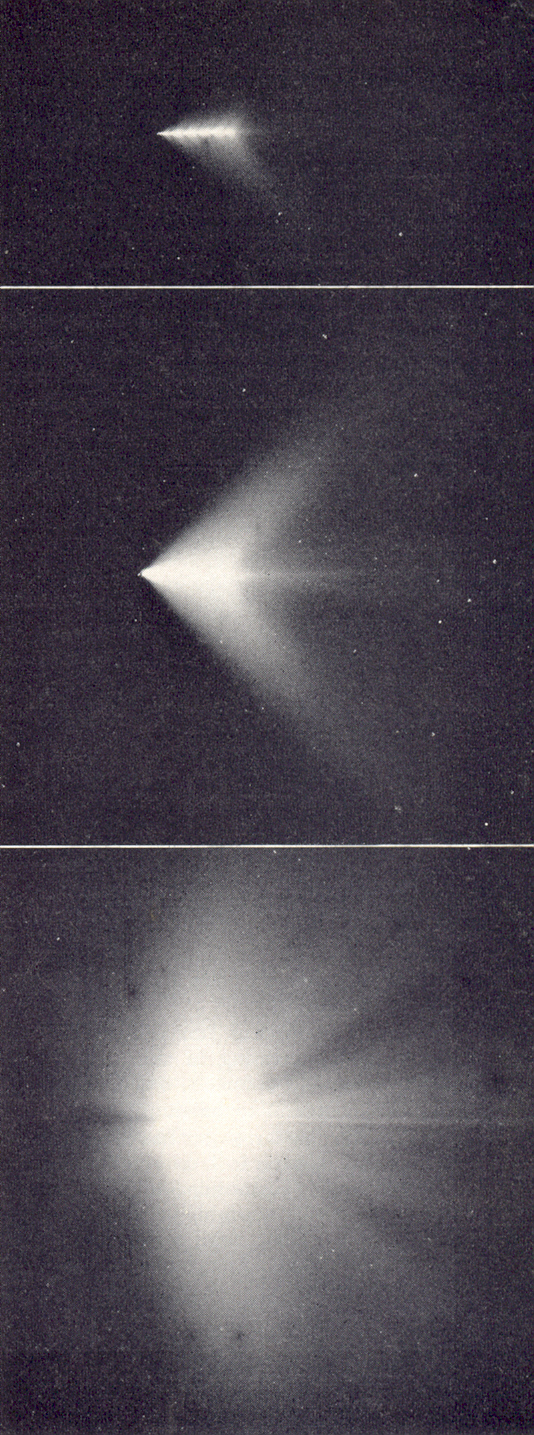

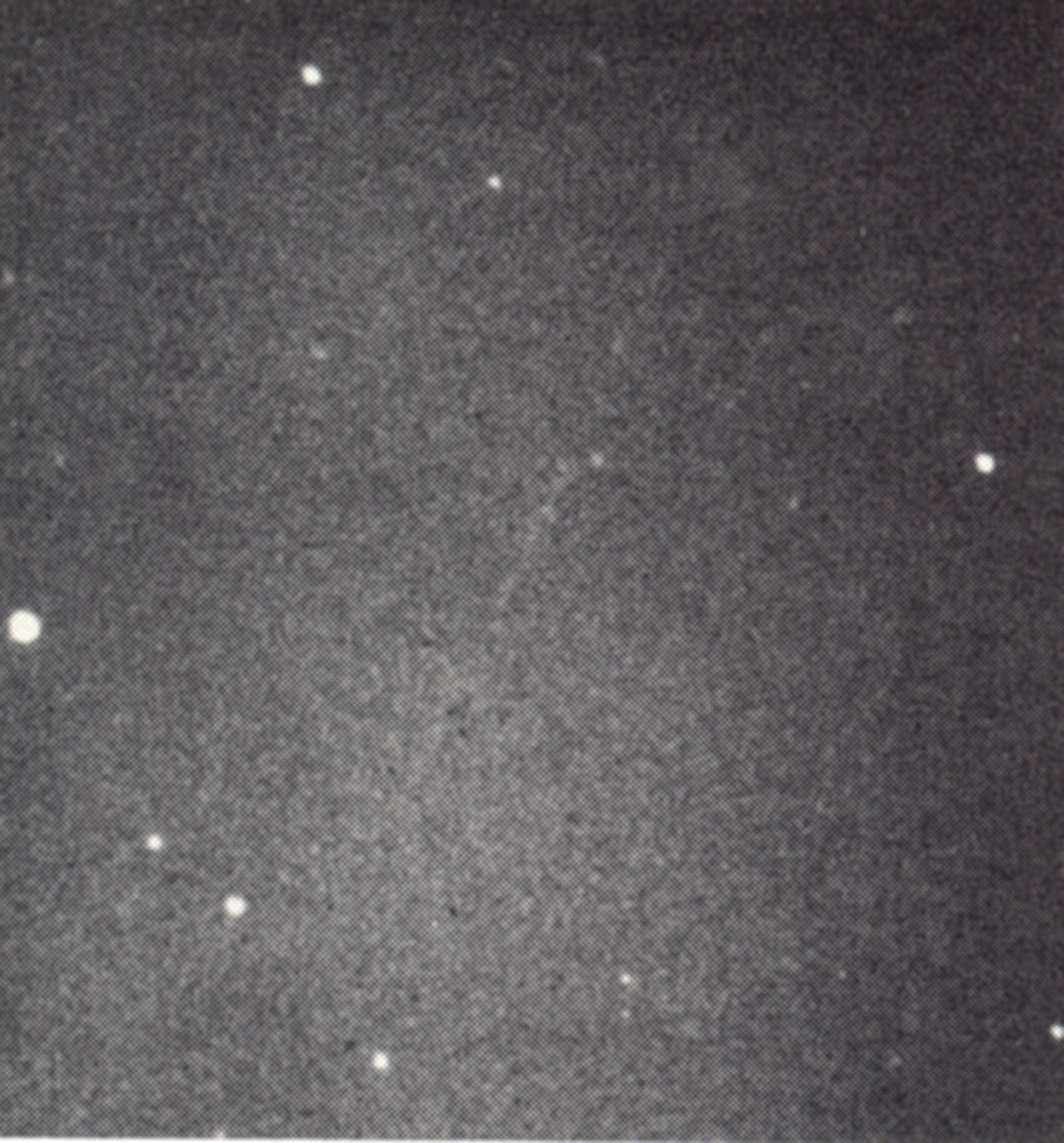
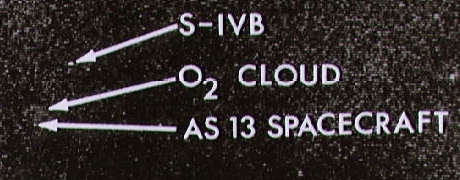

 Labs) who set out to find a faster, more reliable alternative to the triode tube used in war-time radar sets. The triode (and other tubes) had evolved from attempts during the 1880’s to extend the operating life of Edison’s new light bulb. Edison, in turn, was building on earlier work by Humphrey Davy, Warren De la Rue, and James Bowman Lindsay, whose own efforts derived from simple experiments with electricity and magnetism, including the observation that lightning strikes cause a magnetic compass needle to jump (God did it after all, he just takes his sweet time). All of this is known and well documented. But none of it mattered to my acquaintance. He seemed to believe that what he didn’t understand couldn’t be understood, and that attempts to explain it could only be the work of tricksters, out to conceal the real and simple truth: the government is conspiring to hide little green men! One wonders what he would think of the idea that God (or at least the author of the bible) is necessarily in on the ruse? A healthy skepticism is vital, but the key to skepticism is diligent, objective study, not paranoia and infantile rationalization.
Labs) who set out to find a faster, more reliable alternative to the triode tube used in war-time radar sets. The triode (and other tubes) had evolved from attempts during the 1880’s to extend the operating life of Edison’s new light bulb. Edison, in turn, was building on earlier work by Humphrey Davy, Warren De la Rue, and James Bowman Lindsay, whose own efforts derived from simple experiments with electricity and magnetism, including the observation that lightning strikes cause a magnetic compass needle to jump (God did it after all, he just takes his sweet time). All of this is known and well documented. But none of it mattered to my acquaintance. He seemed to believe that what he didn’t understand couldn’t be understood, and that attempts to explain it could only be the work of tricksters, out to conceal the real and simple truth: the government is conspiring to hide little green men! One wonders what he would think of the idea that God (or at least the author of the bible) is necessarily in on the ruse? A healthy skepticism is vital, but the key to skepticism is diligent, objective study, not paranoia and infantile rationalization.